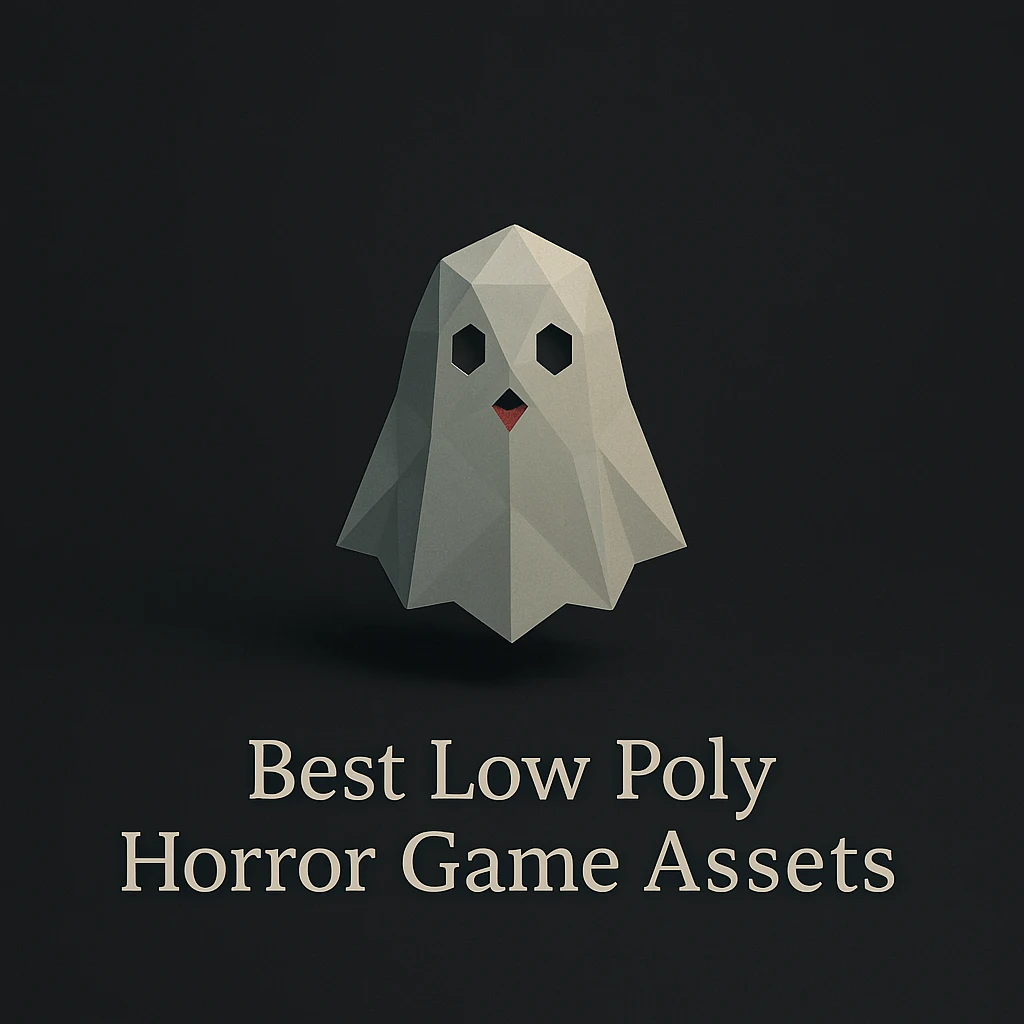What To Look For Before Buying 3D Models For Games!
by Animatics Asset Store in Blog on October 16, 20243D modeling is a world where polygons and vertices dance around in virtual harmony to give life to your game developments. If you’re reading this, chances are you’ve either dipped your toes in the thrilling yet overwhelming pool of buying 3D models for games, or you’ve taken the full plunge. Either way, welcome! You’re about to embark on a journey that’s more intricate than deciding what you want for dinner (and slightly less consequential, but let’s not get bogged down by details, shall we?). 💫
Know Your Game’s Style
First and foremost, lock in on your game’s aesthetic. Are you developing a retro-style RPG or a hyper-realistic shooter? Your game 3D models need to fit snugly within this vision. Picture a zombie apocalypse with cartoon characters, sounds like an innovative disaster, doesn’t it? Align your model choices with your game’s visual and thematic style to maintain consistency and immersion.
Pro Tip: Create a mood board of reference images so that every asset you purchase or create contributes to a cohesive art direction, transforming your project from a mishmash to a masterpiece.
Check the Polycount
Polycount is like counting calories but for games. The polycount of a model determines how detailed it appears and how much computing power it requires. It’s a balancing act, like juggling flaming swords (without the fire insurance). High-poly models may look stunning, but they can drag down your game’s performance faster than you can say “lag.”
Settle on what works best for your game’s platform requirements, and remember: less is sometimes more, especially if “more” clogs your system like my old laptop that still groans when opening a spreadsheet. 😊
Texture and Materials Quality
Quality textures can transform a model from an amateur sketch to a masterpiece worthy of a Renaissance artist. But beware, high-quality textures, much like a significant other who texts too much, can demand a lot from your game engine.
Inspect the textures provided: Are they high resolution? Do they work well with the lighting you’d like to use? Make sure to consider materials, too. Whether it’s the glint of steel or the ruggedness of an ancient stone wall, each element adds realism and brings your models to life.
Compatibility and File Formats
Not all file formats are created equal. Before purchasing, ensure that the 3D models for games you’re eyeing are compatible with your game engine of choice. Whether it’s Unity, Unreal Engine, or any other platform, confirming that a model fits your technical needs can save you heaps of frustration.
Most platforms are accommodating, supporting a range of formats like .FBX, .OBJ, or .MA, but always double-check to avoid surprises worse than finding out your favorite coffee shop is out of milk just when you need that morning pick-me-up.
Check Licensing Agreements
Let’s pause for a brief legal moment fun, right? When buying 3D models, never skip reading the licensing agreements. Believe me, I once overlooked this and all hell broke loose when my team’s hard work turned out to be unusable due to a licensing snafu. 🤦♂️
Licensing can dictate what you can and cannot do with a model. Personal use, commercial, distribution, modification, understanding these terms ensures you’re not inadvertently committing a cardinal sin in the game development world.
Consider Your Budget
Here’s where you might need to channel your inner miser—or at least acknowledge that lovely wish list isn’t budget-friendly. Some 3d models for games come at a premium price, offering premium quality or uniqueness. Others are more budget-friendly, offering essential fits that won’t break the bank.
Scout various markets (Animatics Asset Store, Unity Asset Store, CGTrader) to compare options and extend your dollar as far as possible. Remember, sometimes less pricey doesn’t mean less quality; it’s a matter of searching with diligence and a little bit of luck.
Customer Support and Reviews
Last but not least, consider the support and reviews behind the models. A strong community backing can be a lifesaver, with advice, tips, and sometimes even hacks for better implementation.
Reviews can also highlight any red flags—glitches, compatibility issues, or lackluster customer service. Remember, validating your purchase through past user experience is as crucial as checking the expiration date on your milk (no, sour surprises there either).
Conclusion: Dive In Smartly
As you dive into the world of buying 3D models for games, carry these considerations as your toolkit. The right model is out there, waiting to bring your game to life. So what are you waiting for? Start your search today, find the model that fits your vision and bring those virtual realms to life! Or perhaps, take a step back, reassess with this newfound wisdom, and share your thoughts on this article if you find yourself a bit more enlightened.
What’s your #1 priority when buying 3D models? Share your insights or gaming development tales below—let’s swap stories and learn from one another’s adventures!






